The last article presented the SPAD S.VII fighter. Now, it’s time to learn a bit more about the pilots of the three versions of this aircraft featured in the WW1 Wings of Glory Airplane Packs: the French Ace Georges Guynemer, the French/American Robert Soubiran, and Royal Flying Corps Squadron 23.
Georges Guynemer
A top fighter ace for France during World War I, and a French national hero at the time of his death, Georges Marie Ludovic Jules Guynemer was born in Compiègne on December 24, 1894, to a wealthy and aristocratic family. His father was Paul Guynemer. His mother, Julie Naomi Doynel Saint-Quentin, was a descendant of the House of Bourbon by Bathilde d'Orléans, mother of the Duke of Enghien. He suffered through a sickly childhood, nevertheless, he succeeded as an aviator through his enormous drive and self-confidence.
He was originally rejected for military service, but was accepted for training as a mechanic in late 1914. With determination, he gained acceptance to pilot training, joining Escadrille MS.3 on 8 June 1915. He remained in the same unit for his entire career. He experienced both victory and defeat in the first plane allocated to him, a Morane-Saulnier L monoplane named Vieux Charles. Guynemer kept the name and continued to use it for most of his later aircraft.
Flying the more effective plane, Guynemer quickly established himself as one of France's premier fighter pilots. He became an ace with his fifth victory in February 1916, and was promoted to lieutenant in March. At the year's end, his score had risen to 25. Less than a year later, Guynemer was promoted to captain and commander of the Storks squadron.
On 8 February 1917, flying a SPAD VII, Guynemer became the first Allied pilot to shoot down a German heavy bomber, the famous Gotha G.III. His greatest month was May 1917, when he downed seven German aircraft.
He became so important and influential he could affect French fighter aircraft design, writing to the chief designer at Spad criticizing the Spad VII as inferior to its contemporary, the German Halberstadt. Consequently, Spad developed two new, but very similar models, the SPAD XII and SPAD XIII.
In these aircraft, Guynemer gained many victories and ultimately, died. Guynemer failed to return from a combat mission on 11 September 1917. The Germans announced that he had been shot down by Lt. Kurt Wissemann of Jasta 3, but French schoolchildren of the time were taught that Guynemer had flown so high, he couldn't come back down again. At the time of his death, he had tallied 53 victories.
Robert Soubiran
Robert Soubiran had been born in France. His father had immigrated to America when Robert was still a child, but the family always retained strong ties with the mother country.
Life was hard for the Soubiran family in America and Robert was one of the few members of the famous Lafayette Escadrille who had the childhood experience of selling newspapers on the street corner. He leaned toward mechanics, however, and by the time he entered his twenties, he was an expert, servicing and driving racing automobiles. The outbreak of the war brought young Soubiran back to France.
He enlisted in the Foreign Legion in August 1914, but his mechanical ability stood in the way of his desire to serve at the Front. He spent the fall of 1914 driving a combine, harvesting the wheat that had been abandoned in the war zone.
Soubiran entered the trenches early the following year and saw considerable action, including the Champagne offensive, where he was wounded in the left knee. After four months in the hospital, his transfer to aviation was effected by Kiffin Rockwell and William Thaw.
Robert Soubiran proved an excellent pilot and a welcome addition to the squadron. Speaking French like a native, he not only flew and fought well, but did much to create good will and understanding between the Americans and the neighboring French people.
In April 1916, American pilots serving in the French army were gathered together to form a separate squadron — the Escadrille Americaine (becoming the Lafayette Escadrille on Dec. 6, 1916). The Lafayette Escadrille (from the French Escadrille de Lafayette) was a fighter escadrille of the French Air Service, the Aéronautique Militaire, during World War I composed largely of American volunteer pilots.
Robert Soubiran served with the escadrille, contributing not only his skills as an aviator, but also his talent as a photographer, capturing on film some of the men, aircraft, and experiences of one of history’s most famous military outfits.
In addition, Robert Soubiran had an ongoing penchant for personalizing his aircraft, starting with N1977, which had his initial in black, a thin blue fuselage stripe and a thick red one.
Royal Flying Corps 23 Squadron
The Royal Flying Corps was the first foreign service to receive the SPAD VII. In spite of initial enthusiasm for the type, only two squadrons (19 and 23 Squadrons) used it on the Western Front.
No. 23 Squadron of the Royal Flying Corps was formed at Fort Grange, Gosport on 1 September 1915, commanded by Louis Strange and equipped with a mixture of types.
A detachment of Royal Aircraft Factory B.E.2cs was deployed to Sutton's Farm to act as night fighters to oppose raids by German Zeppelins, but no successful interceptions resulted.
The squadron moved to France on 16 March 1916 flying FE2b two-seat pusher fighters. The squadron used the FE2b on close-escort duties and to fly standing patrols to engage hostile aircraft wherever they could be found, helping to establish air superiority in the build-up to the Battle of the Somme.
By the end of the year, the "Fee" was obsolete, and the Squadron started to received SPAD S.VII single-seat fighters in February 1917, with its last F.E.2s arriving in April 1917. 23 Squadron flew its SPADs both on offensive fighter patrols over the front and low-level strafing attacks against German troops.
In December 1917 it replaced its SPAD S.VII with the more powerful and heavier armed Spad S.XIII. The squadron converted to Sopwith Dolphins in April 1918, using them until it disbanded just after the war on 31 December 1919.
It numbered 19 aces among its ranks during the war, including: William Kennedy-Cochran-Patrick, DSO, MC; Douglas U. McGregor, MC; James Pearson, DFC; Clive W. Warman, DSO, MC; Frederick Gibbs, MC; Conn Standish O'Grady, MC; Herbert Drewitt, MC, AFC; James Fitz-Morris, MC; Harold Albert White, DFC; Alfred Edwin McKay, MC; Harry Compton, DFC; and Arthur Bradfield Fairclough, MC.
Information sources: Early Aeroplanes, Wikipedia, Air-Britain Photographic Images Collection, Monongahela Books, Air Force Magazine.

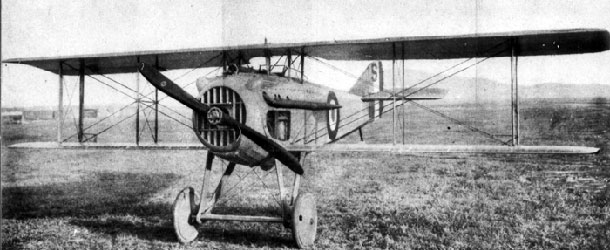
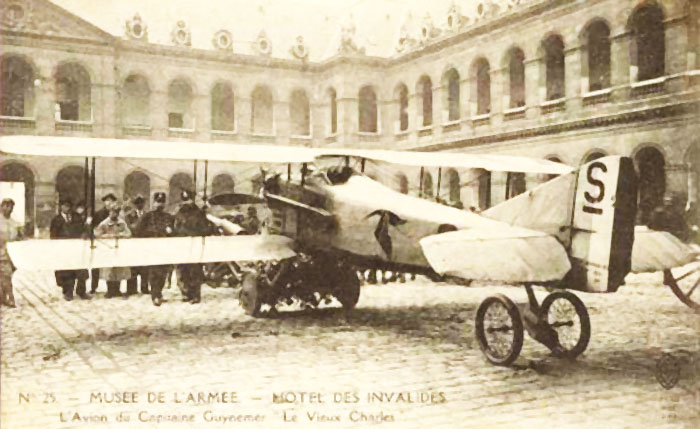
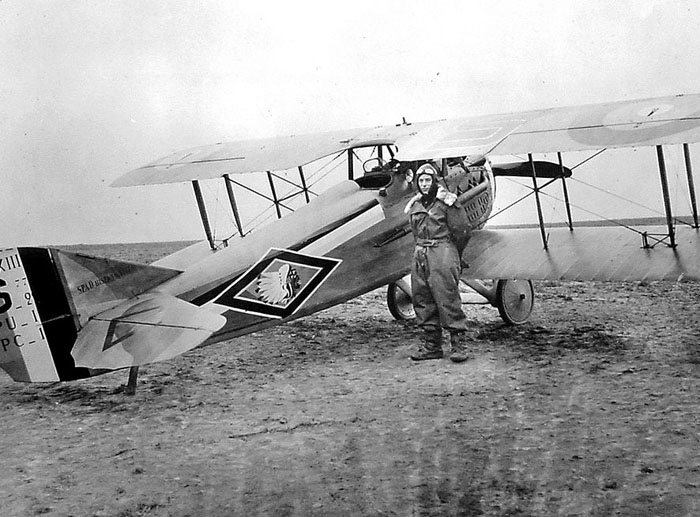
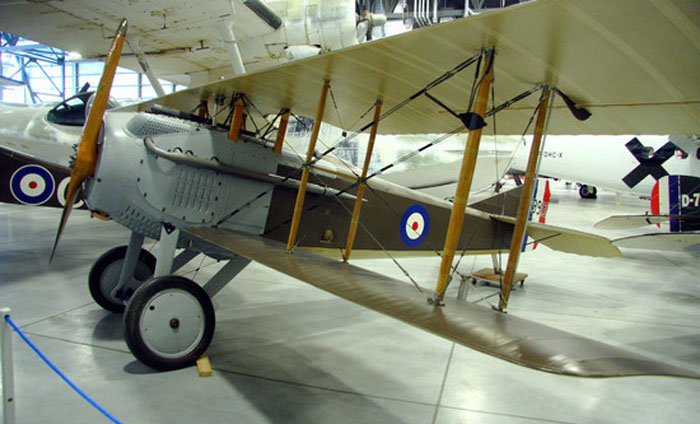
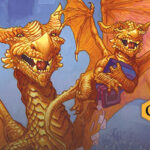
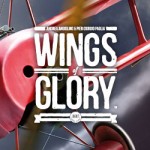






Follow Us on